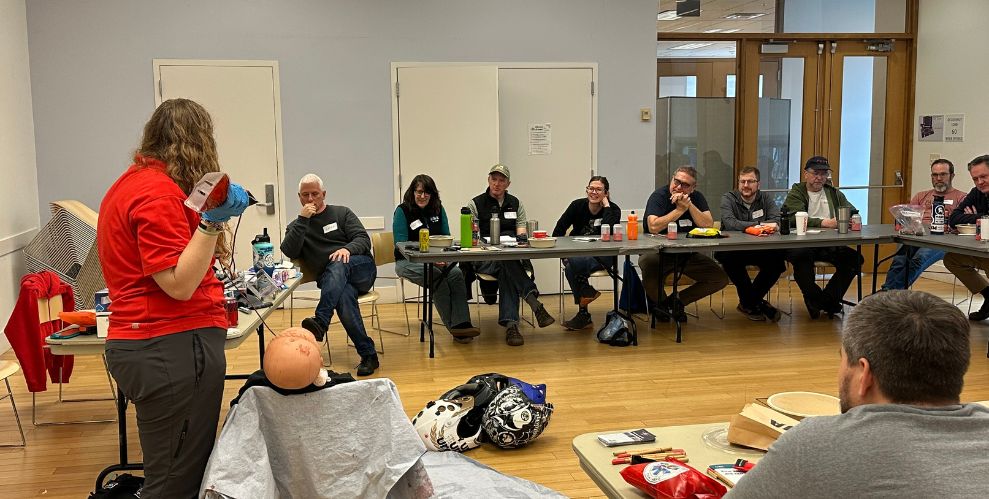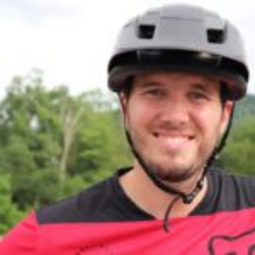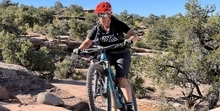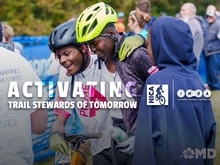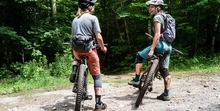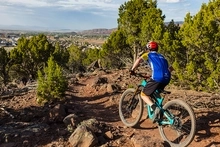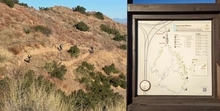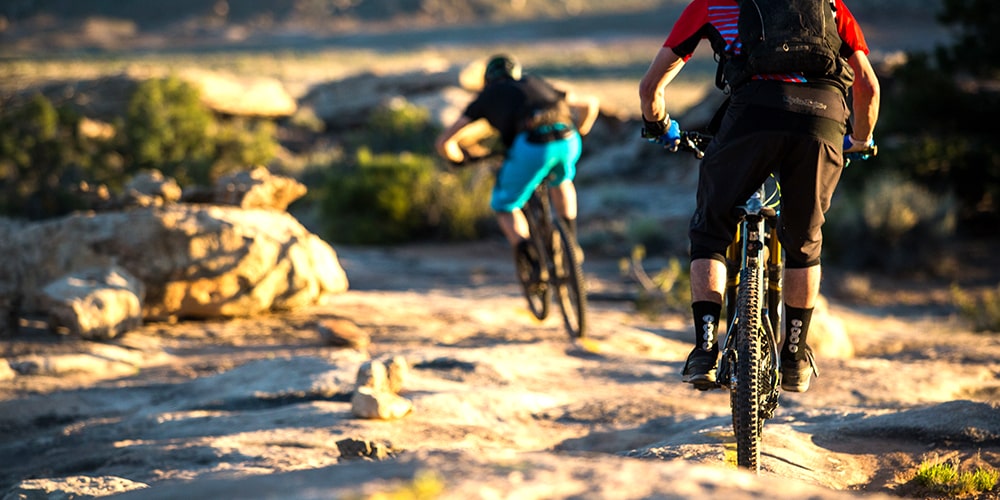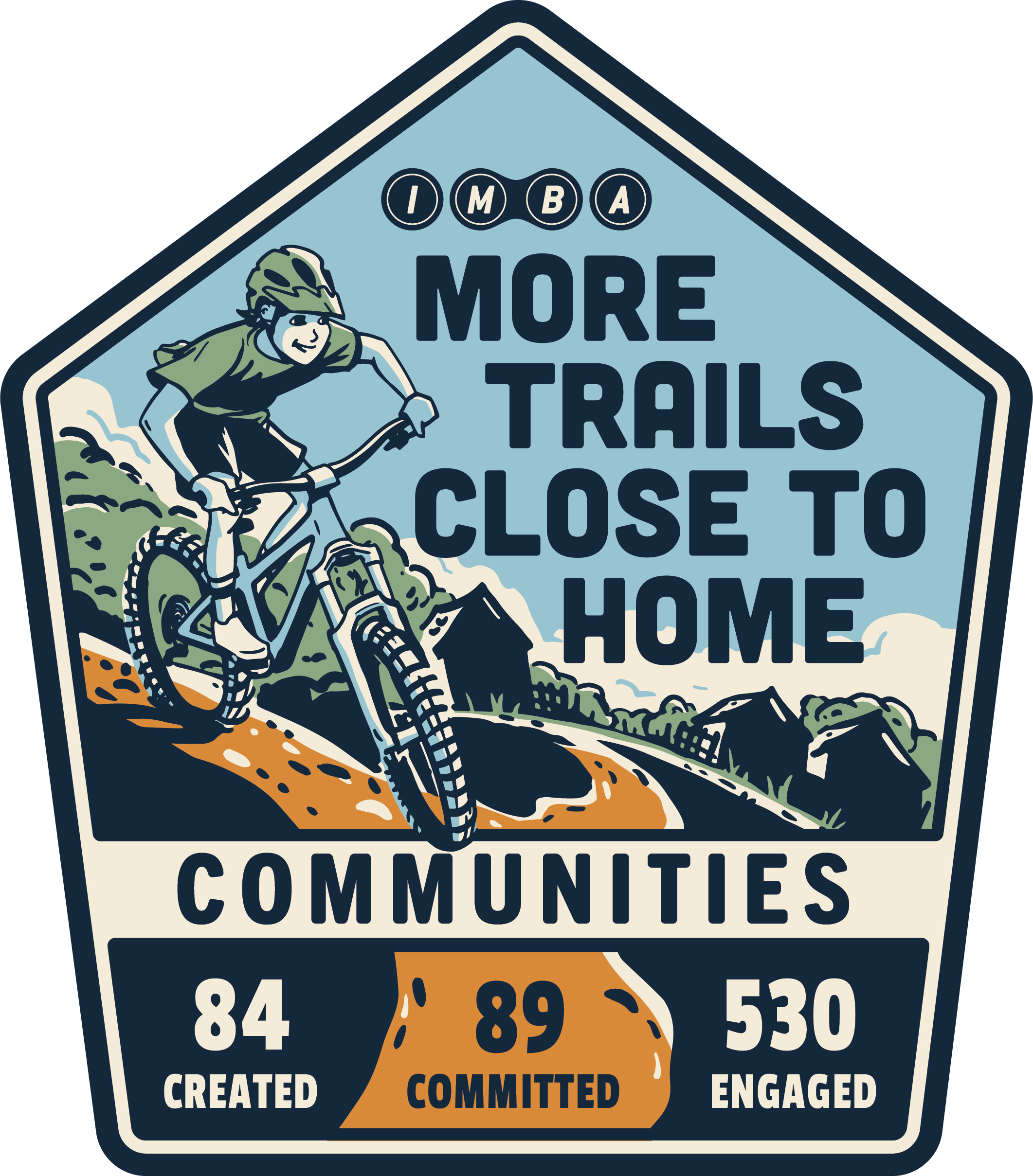My Teacher, My Mountain Bike
Getting over 25,000 kids on bikes takes a lot of volunteers and coaches. Doing it well takes a lot of training for all those coaches. High quality training is a big part of what makes the NICA magic happen.
If you’re not familiar, The National Interscholastic Cycling Association, develops interscholastic mountain biking programs for student-athletes across the United States. We call ourselves NICA for short, pronounced like ‘bike’ rather than ‘nick’. NICA is about having amazing adventures with your teammates while tackling both small and epic challenges. Recruiting great volunteers and providing high quality training has helped us grow explosively from one league in northern California to 32 leagues across the country since 2009.
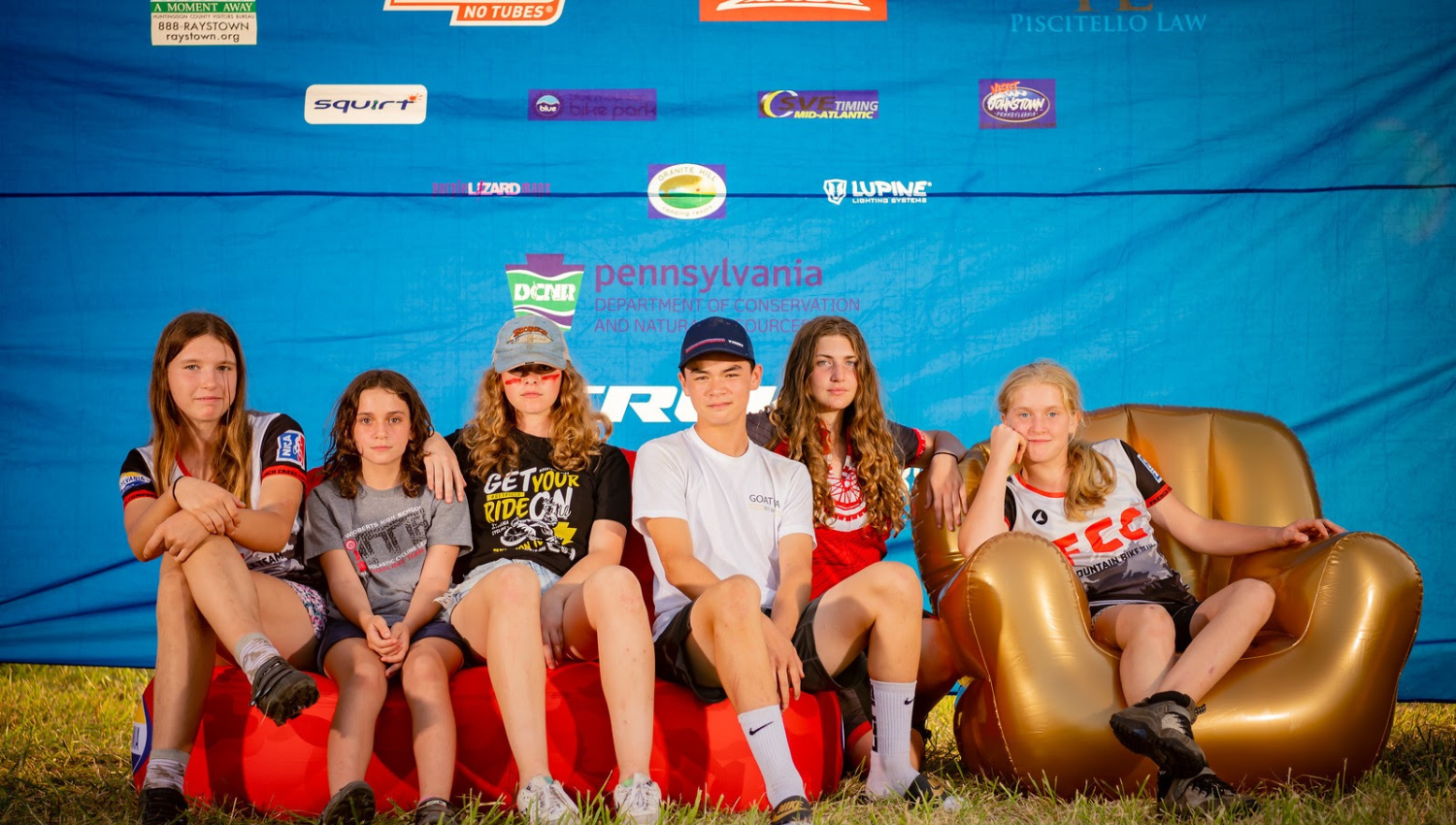
As NICA grew though, first aid training became a problem. From 2013 to 2016, injury rates went up 60%. We exist in a space somewhere between traditional school sports and wilderness outdoor education programs. Many of the teams practice on trails far from EMS access, some in urban settings with close EMS access, and many somewhere in between. At first, the top tier level 3 coaches were required to hold a 16 hour Wilderness First Aid certification. Unfortunately, many teams couldn’t get access to a WFA class within reasonable distance and the price was prohibitive for many coaches. We also found that most teams were practicing in locations where an injured participant could get from accident to appropriate care within 1 hour, so a full 16 hour WFA wasn’t necessary.
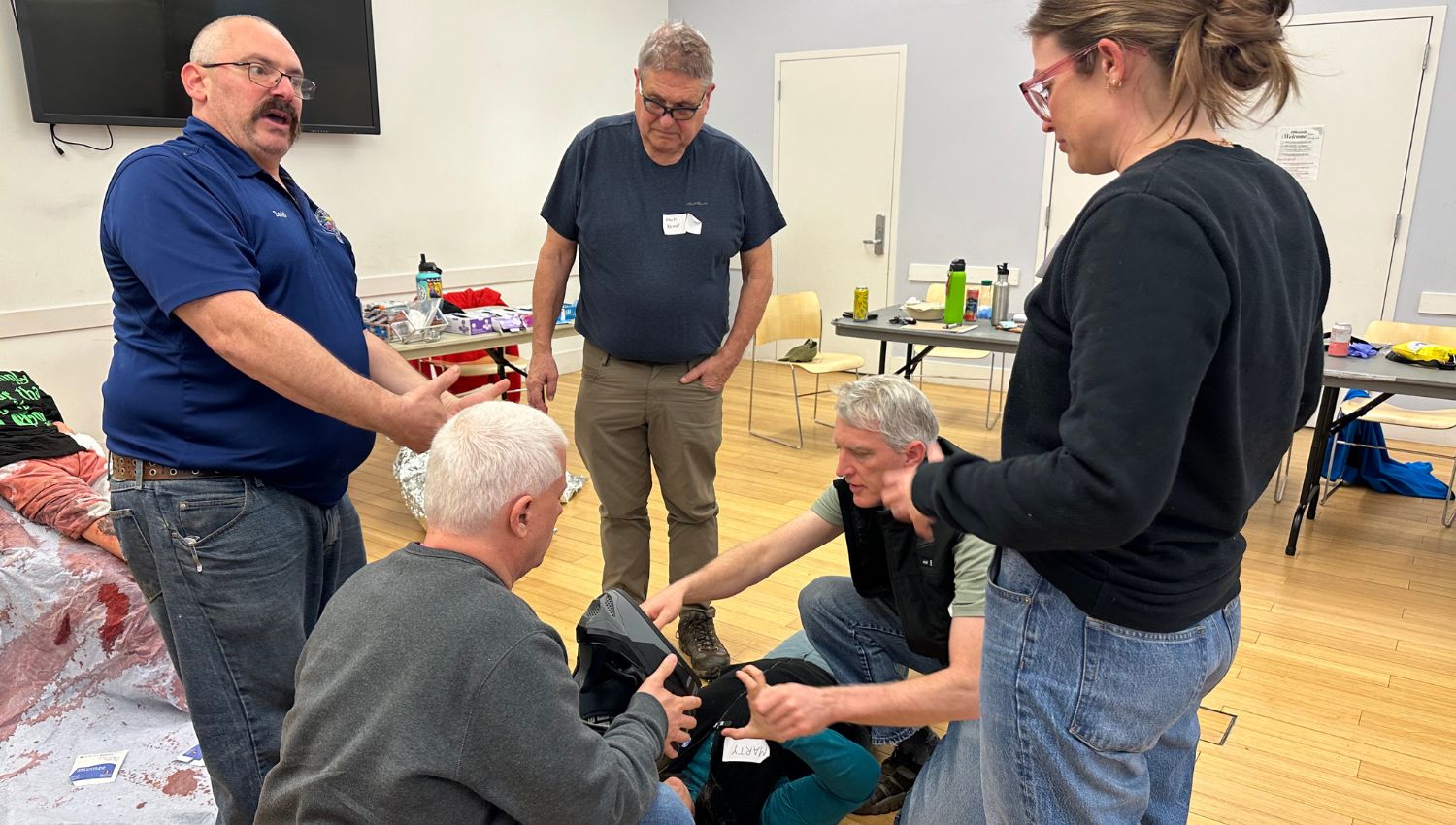
So there was a need for first aid beyond the basic 3-4 hour first aid class, but not as advanced as WFA. However, we found that the world of 8 hour first aid classes has a lot of variability. They tend to be focused on specific audiences or settings such as work place, chemical plant, police, etc. Our coaches are less likely to see large chemical burns or gunshot wounds compared to more musculoskeletal injuries, so not all of these classes would work for our coaches. In 2016, we partnered with a first aid organization called Backcountry Lifeline to identify specific skills or situations that we wanted our coaches to deal with. Plus, we wanted coaches to still have some hands-on scenario type learning as well. Later that year, we also started working with Otis Guy Teaching Services and SOLO to hone in our first aid requirements.
Okay, so we need to be sure that classes are teaching the material our coaches need, but also don’t want to be in the first aid business. While we’re experts at youth development through mountain biking, we’re not experts in first aid and we specifically don’t want to take on the role of medical direction for first aid training. We worked with a few of our early first aid partners to build a rubric of skills and requirements we want from classes. This included Otis Guy, legendary mountain bike racer and hall of fame inductee, turned firefighter and NICA head coach. This also included The Expedition School, a group of professional guides and outdoor educators that also include MDs, RNs, and EMTs. From there, we started connecting with first aid providers across the country to teach an 8 hour first aid course that meets our needs. We call this NICA Approved First Aid (8hr).
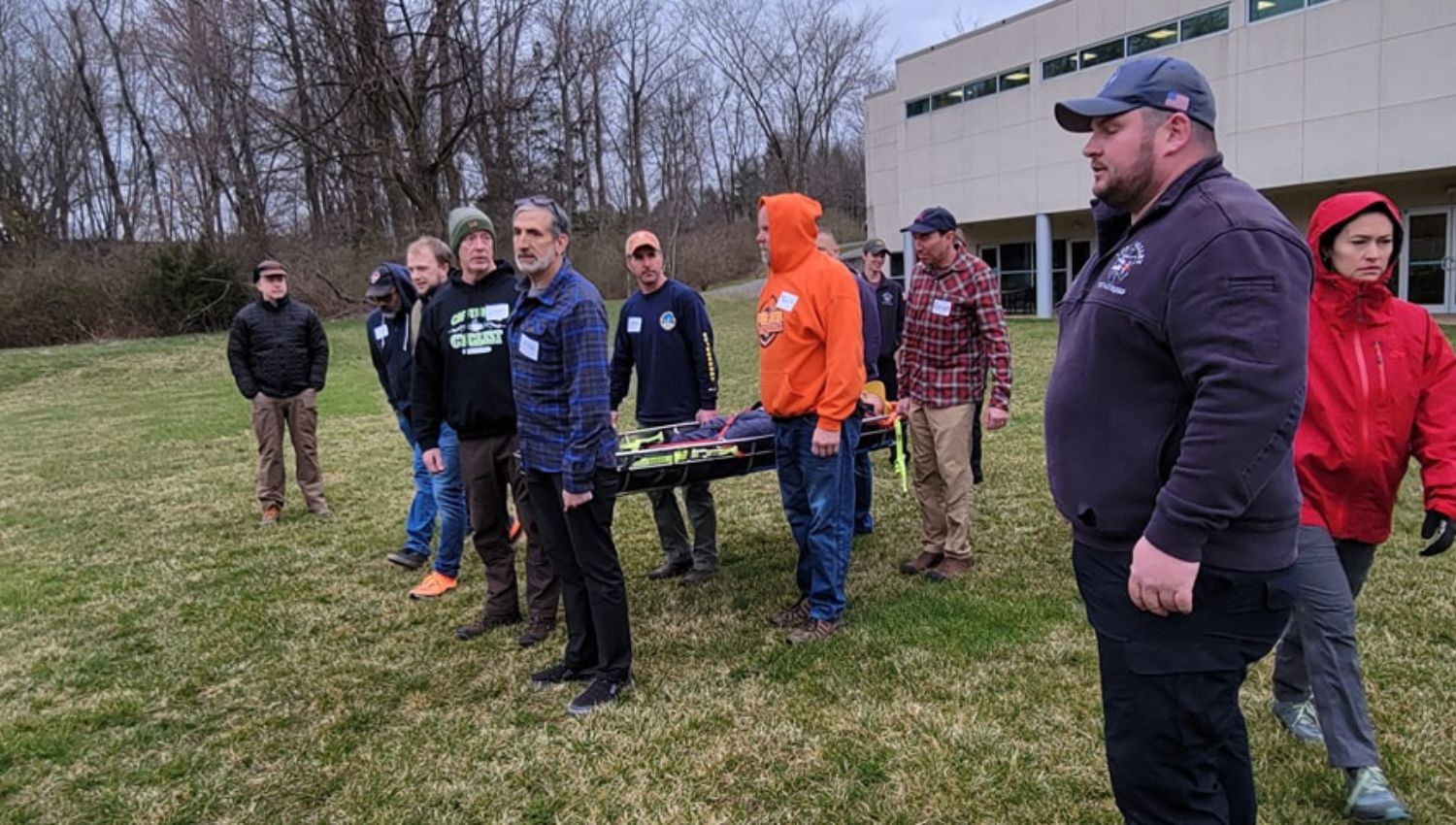
We now have 27 first aid providers across our leagues teaching NICA Approved First Aid (8hr) and this year, we’ve been approving 1-2 new providers a month. One of these is a partnership we have with AdventureMed wherein they teach a hybrid ½ online, ½ in person class. They hire local instructors for the in-person portion and are currently working with eight leagues. We’ve also worked with ECSI, one of the nation’s largest first aid organizations, to pre-approve their standard curriculum. This means that any instructor who applies to our program that plans on using ECSI’s curriculum, can be approved within minutes. The partnerships with AdventureMed and ECSI ensure that first aid instructors have an option to teach NICA coaches without having to create or adapt their own curriculum. Most of our first aid instructors are local to the areas they’re teaching in and all are as passionate about getting more kids on bikes as we are. They include for-profit first aid companies, non-profits, firefighters, EMTs, doctors, nurses, and more.
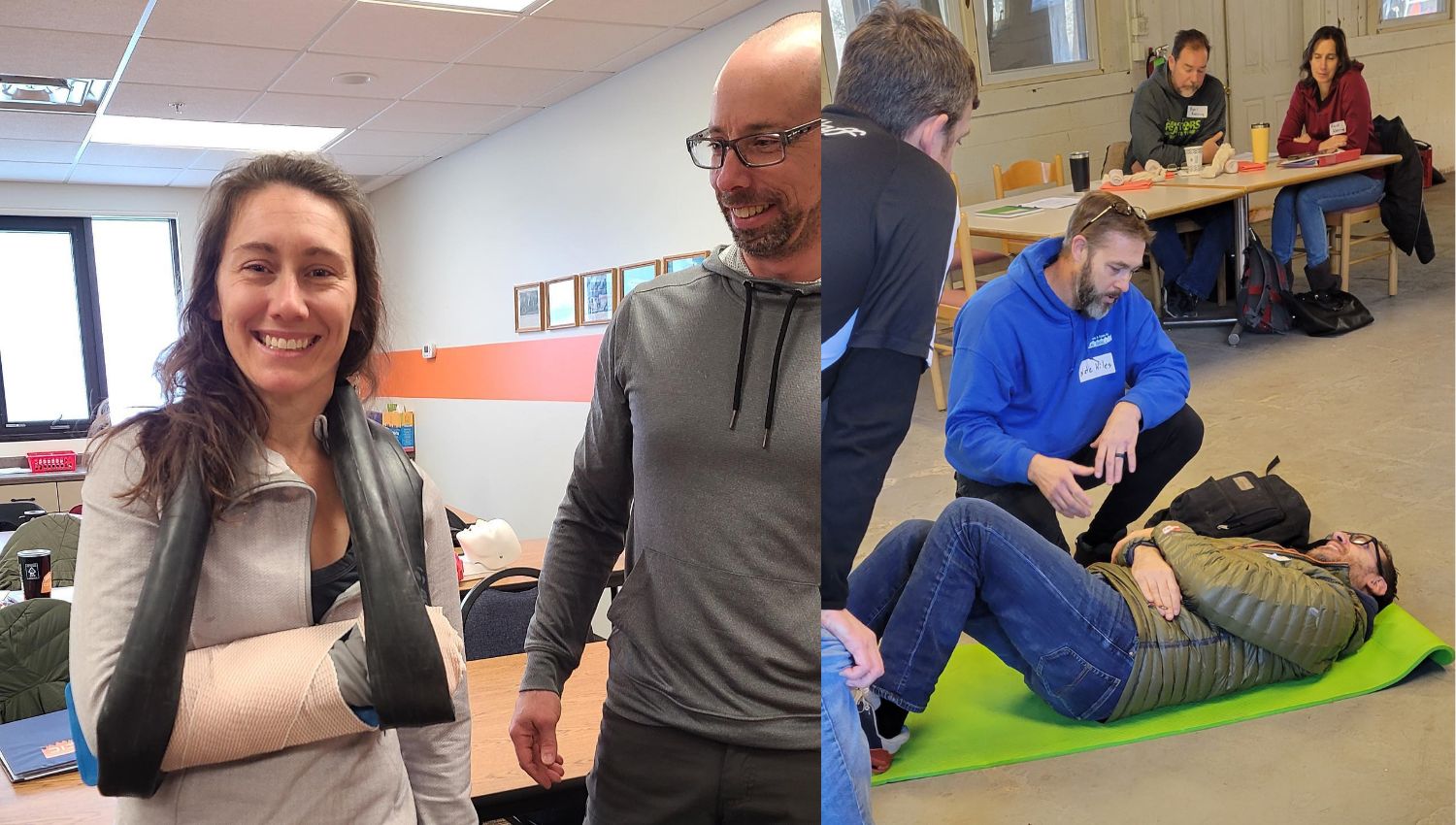
Of course, not all of our teams are practicing within an hour of definitive care, so we do still require the full 16 hour Wilderness First Aid for teams practicing farther out from emergency access. Overall though, NICA Approved First Aid (8hr) has helped dramatically to make coaching NICA teams more accessible while still balancing quality first aid training.
Ultimately, a higher level of mountain bike specific first aid brings a host of fringe benefits to the broader mountain bike community. Every region that has a NICA league now has hundreds of mountain bikers with advanced first aid training riding the trails. Not only during team practices, but year round.
Looking into the future, we’ll keep recruiting and approving new providers until every league has at least a few instructors providing enough first aid education to meet the league’s growth demands for high quality coaches. We’re adding new first aid providers every month, so if you are a first aid provider or know someone interested in teaching first aid for NICA coaches, you can find more information at https://nationalmtb.org/first-aid-requirements/.
